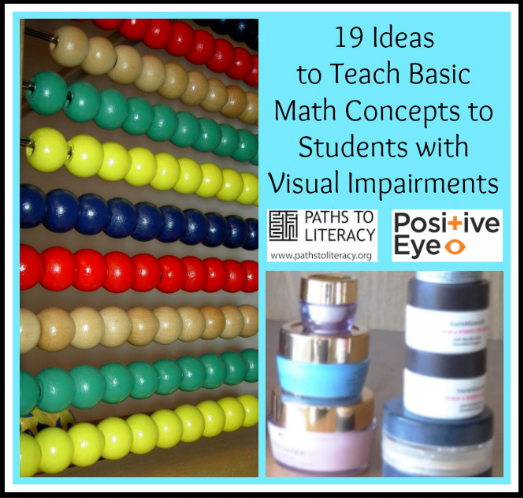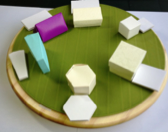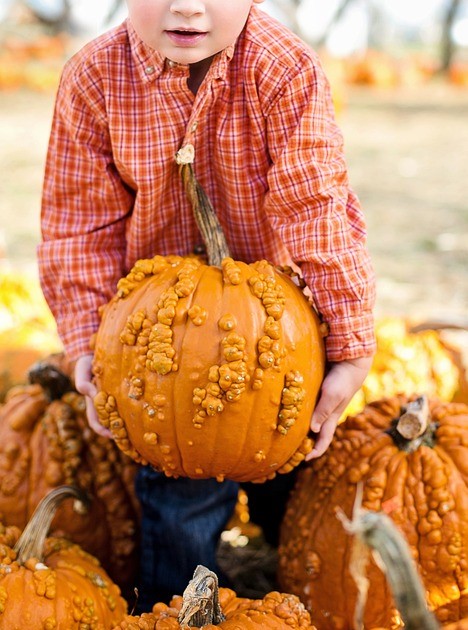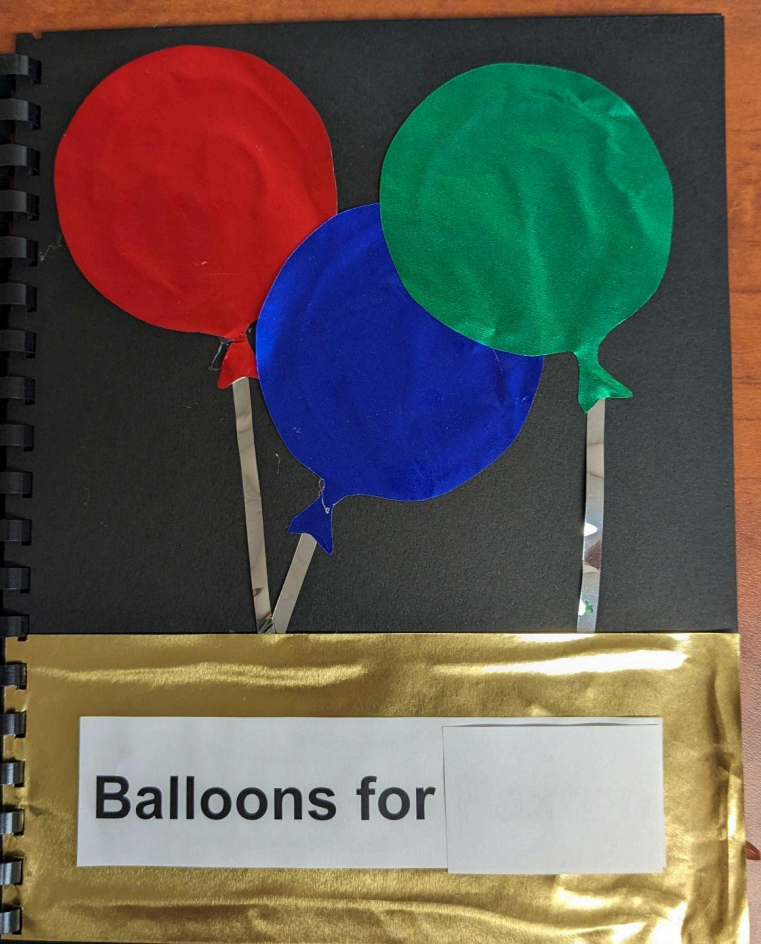Distance and Time
- Help concept of perimeter and surface area, the length of a hand rail, the depth of the rail, by use of hand and arm span techniques
- Develop understanding of relationship between distance and time by walking and understanding different distances within a known environment.
Seriation
- Regular practice and reinforcement to develop seriation skills of quantity, more, less, counting and matching.
- Practice arranging objects in order of size, weight etc.
- Find the smallest, longest, thickest, tallest.
- Match cup with saucer, knife with fork, count on an abacus, pair objects
Discrimination
- Provide lots of opportunities
- Discriminate between objects using everyday objects. Match, sort, pair objects of different weights, sizes, texture and shape.
Classification
- Use sets of buttons, small shapes, pegs, that are round, thick, thin, square.
- Identify objects by their use – sets of spoons, brushes etc.
- Identify objects by specific criteria and attributes, e.g. round items, thick items, thin items.
Understanding shape
- Development of a systematic exploratory strategy to discover shapes is essential
- Introduction and use of planes – surfaces to be differentiated with different textures to aid identification.
- Shapes flattened into their net are helpful to understanding their 3D form
- Use matching shapes from within the child’s environment to support learning.
- Avoid using 2D diagram representation of 3D shapes; give the 2D diagram and the solid shape.
Comparison
- Development of language to distinguish and describe by weight, size, height etc is important.
- Develop concept of same and difference using containers filled with various items. Child can indicate whether they contain same or different quantities as well as identifying differences in items. Use verbal reinforcement to support understanding of quantities.
- Ensure objects have significant difference in their size, shape and texture.






